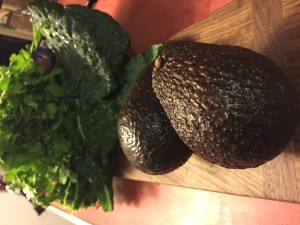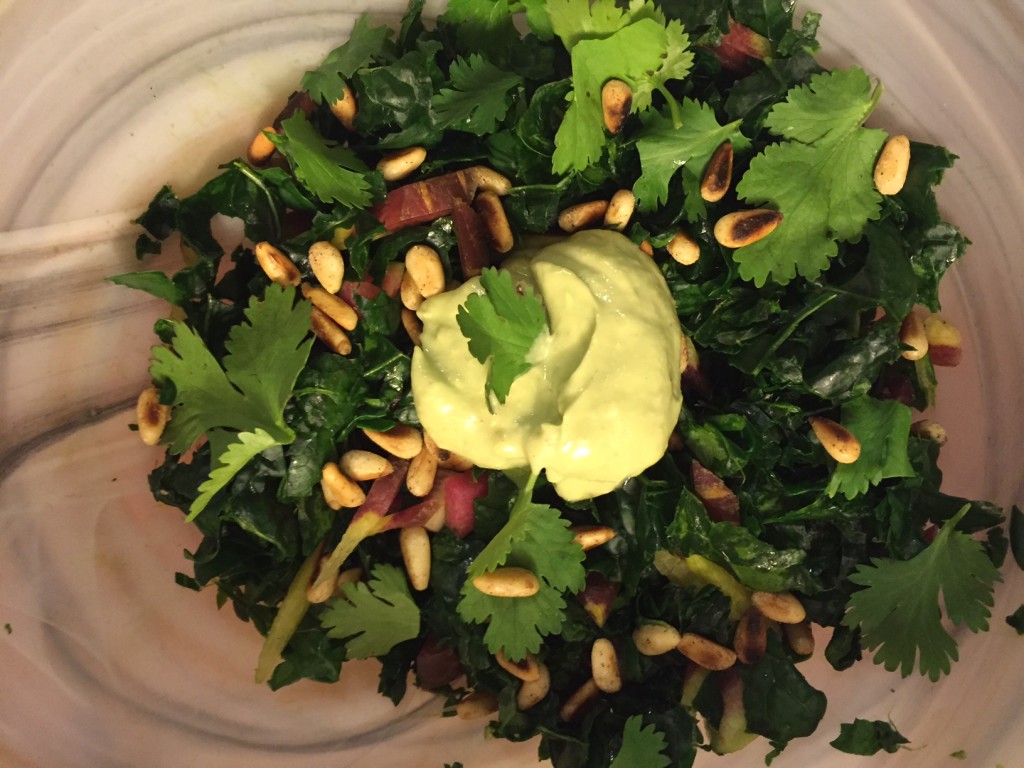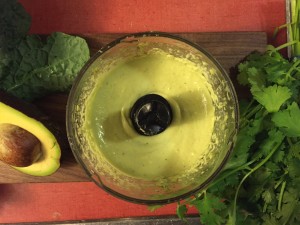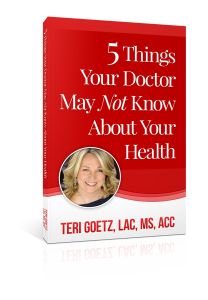DR. TERI GOETZ
Find the Cause. Treat the Root. Heal Yourself.
Find the Cause. Treat the Root. Heal Yourself.
Let’s Talk Fat! The Super Healthy Avocado

Fat gets such a bad rap, doesn’t it? I know that at least 80% of you who responded to my recent survey mentioned that weight control was a concern. So what’s the truth about avocados? Many of us have heard over the years that they are “high in fat”—so even though they seem so healthy, maybe we’ve avoided them.
Don’t do that! Avocados are full of healthy, raw, monounsaturated fat—something Americans tend to be deficient in. And for those of you (like me) who came to maturity in the era of “fat is bad”— the new studies that are out there may have you confused. But the news is good! These studies show that we should be eating a diet that is between 40-70% fat. Good fat, that is. Not unhealthy, poor quality fat, but monounsaturated fats like avocado, olives and the like, and it’s especially helpful if you replace unhealthy proteins and carbs with fats.
Technically a fruit, avocados are high in monounsaturated fats which don’t raise cholesterol levels. Instead they actually help lower cholesterol, and aid in weight loss! (I wouldn’t recommend eating 6 a day, but eating 6 of anything a day might be an issue.) These “good fats” can also help you decrease your risk of heart disease, especially when you replace saturated fats with monounsaturated fats. Monounsaturated fats are also burned easily as fuel, which is key to the weight issue.
Lipids (and their derivatives) are fatty acids. They’re not just one of our “macro” nutrients of fat, carbs, and protein. Science has discovered that lipids play a crucial role in cell-regulating tasks at the molecular level. They are crucial to the body’s communication system (like helping hormones communicate).
Avocados are high in vitamins C, E, K, and the B vitamins of B-6, folate, thiamine, riboflavin and pantothenic acid. They’re also a good source of essential minerals, including potassium and magnesium.
Remember last week when I talked about the little-known Vitamin K? (If not, check out last week’s newsletter here) Avos contain 36% of the RDA of K, as well as 30% of your folate, (and remember the folate/B6 combo talked about in the previous article?), 9gm of fiber, are high in pantothenic acid (B5) which helps us break down carbs, B6, Vitamin C and E. WOW.
Having twice the amount of potassium as a banana—that’s important because potassium (as part of the “sodium potassium pump”) is crucial to lowering blood pressure and preventing stroke—the avocado also has a fair amount of Vitamin E, niacin and riboflavin, great energy substrates for the mitochondria of our cells. In addition, avocados enable the human body to more efficiently absorb fat-soluble nutrients, mentioned above.
By now you are probably writing “avocado” on your grocery list. Write “kale” there too, and you can make this great recipe that combines two nutrient-rich superfoods!

RECIPE
Kale Salad with Avocado Tahini Dressing

For the dressing:
I ripe avocado
1-2 TB Tahini (sesame paste)
1 TB apple cider vinegar (or 1-2 TB lemon juice)
1 TB olive oil
enough water to emulsify mixture, usually 1-2 TB
1/4 tsp of cumin
salt and pepper to taste
For the salad:
1.5 -2 cups chopped kale*
1 cup julienned carrots
¼ cup julienned radishes
chopped cilantro (or basil/parsley) to taste, about 1/4 cup
1/2 cup chopped hearts of palm (optional – but one of my favorite things)
1/2 cup toasted pine nuts or sesame seeds
Massage your vegetables?
Yikes! I know it sounds weird, but kale can be a bit bitter if raw, and especially if you use larger leaves. In order to soften and break it down, chop it up and sprinkle some salt on it. Have another bowl handy, and just grab bunches and massages it by rubbing it between your fingers until it feels softer. (You don’t have to use the other bowl — it just makes sure you get it all!) This is also not mandatory if you’re in a rush!
Alternatively, steam the chopped kale for literally 2 minutes to get rid of the oxalic acid. It’s more of a side dish this way, or a warm salad. If you’re choosing to do this as a warm salad, you can throw the carrots into the steamer, too. The unstemmed radishes will supply a nice crunch to contrast the softer veggies. I do it both ways, depending on my mood.
Put all veggies into a bowl and add dressing to taste.
*Note: While avocados are considered a pretty safe fruit when it comes to buying non-organic (due to its thick skin), I’d suggest getting organic kale. Greens are often heavily sprayed… and well, we know how good that is for you!

